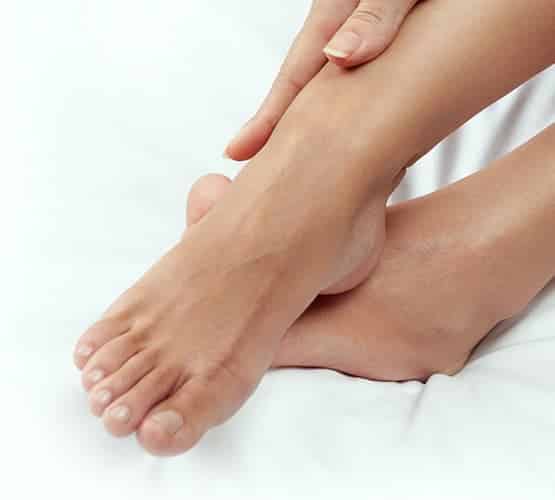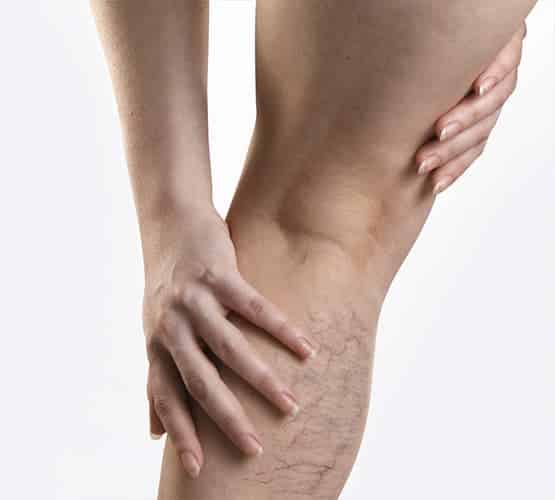All About
Spider Veins
The Definition of Spider Veins
In most cases, spider veins aren’t accompanied by harsh symptoms, but you must consult reliable vein centers in Maryland because they often indicate underlying chronic venous insufficiency.
What Causes Spider Veins?
The human body contains two types of blood vessels — arteries and veins. The arteries carry blood from the heart to the legs and other body parts, and the veins carry deoxygenated blood from various body parts to the heart. The leg veins must carry blood upwards against the force of gravity, so they contain valves that act as one-way doors, ensuring smooth one-way blood circulation to the heart.
Chronic venous insufficiency is a medical condition wherein the vein valves collapse or malfunction. Consequently, blood flows backward because of gravity and accumulates in the leg veins. The continued accumulation of blood in leg veins leads to vascular dilation, damaged blood vessels, and the eventual formation of spider veins on the skin’s surface. Your spider veins might also be accompanied by restless leg syndrome, frequent leg cramps, and leg heaviness.
Risk Factors for Spider Veins
Over half of all Americans suffer from spider veins, but some individuals have a higher risk than others. Understanding your risk of spider veins allows you to remain vigilant and proactive, and, in some cases, you can also adopt lifestyle changes that minimize the risk of vein problems.
The following are the primary risk factors for spider veins:
- Age: The risk of vein problems increases as you get older.
- Biological Sex: Women have a higher risk of spider veins because a higher volume of estrogen and progesterone in the body leads to weakening vein valves. For that reason, the risk of spider veins is even higher amongst pregnant women, those taking birth control pills, and those undergoing hormone therapy.
- Genetics: If your mom and dad have a history of vein problems, there’s a 90% chance that you will also develop spider veins at some point.
- Medical History: Individuals with a history of vein problems and deep vein thrombosis have a pretty high risk of vein disease recurrence.
- Sedentary Occupation: You have a high risk of spider veins if your job involves long periods of sitting or standing still. That’s why spider veins are particularly common amongst teachers, nurses, drivers, pilots, and some healthcare workers.
Symptoms of Spider Veins
Most patients seek spider vein treatments because they don’t like how they look — dense clusters of damaged blood vessels on the skin’s surface. In most cases, spider veins are asymptomatic, i.e., they don’t cause major problems or complications. But if your spider veins are caused by underlying venous insufficiency, you may also experience the signs and symptoms of vein disease.
The following are some of the most common symptoms of spider veins:
- Leg heaviness
- Restless leg syndrome
- Frequent leg cramps
- Leg pain
- Swollen ankles and feet
- Skin discoloration
- Poorly-healing leg wounds
- Inflammation of fat tissues
- Large, bulging varicose veins
Direct Cause of Spider Veins
Spider Vein Treatments

Sclerotherapy

Radiofrequency Ablation

Endоvеnоuѕ Lаѕеr

VenaSeal

Physical Activity

